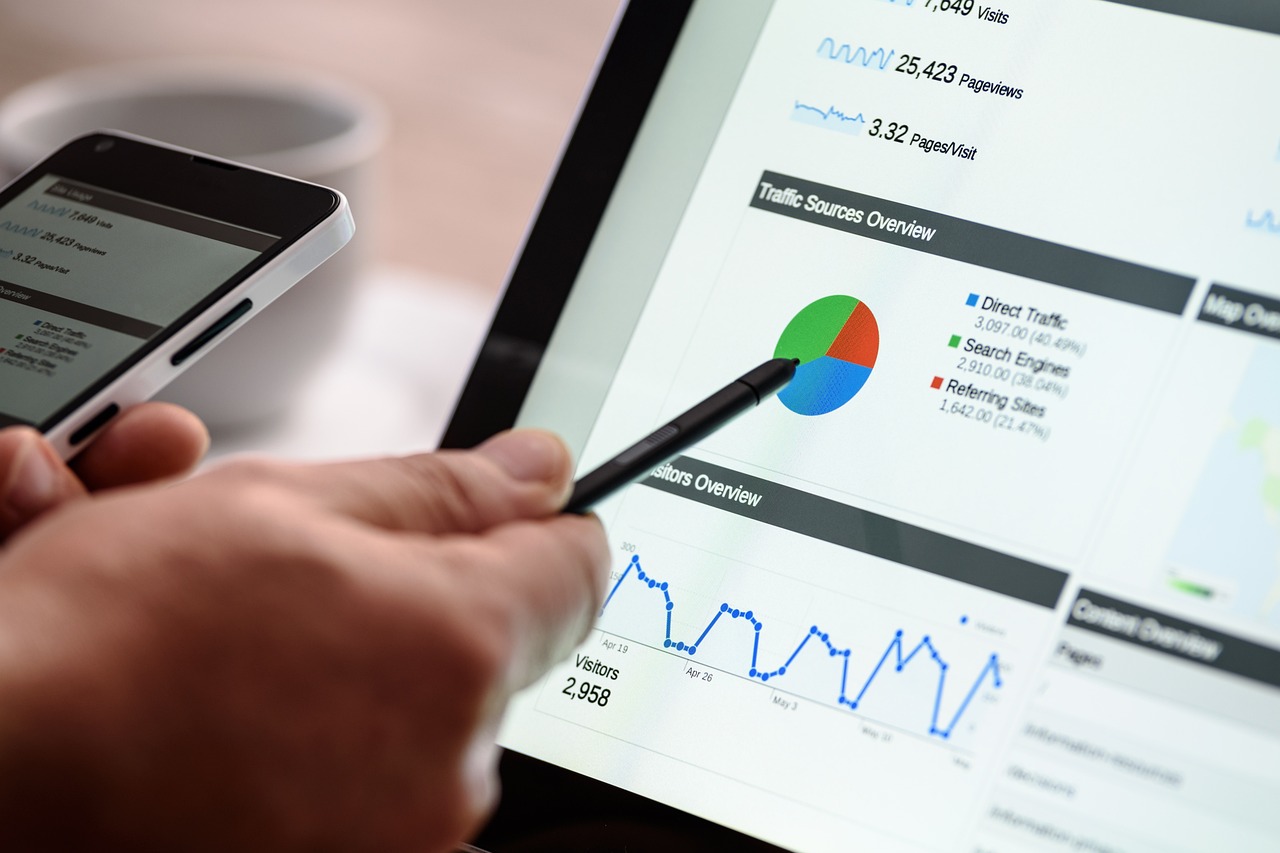In today’s digital age, it’s crucial for every website to be optimized for search engines. This is where on-page SEO comes in. By implementing the right techniques, you can enhance your site’s visibility, increase traffic, and improve your ranking on Google and other search engines. Let’s dive into the essentials of on-page SEO and explore some key practices to improve your website’s performance.
What is On-Page SEO?
On-page SEO refers to the optimization of individual web pages to rank higher in search engine results and attract more relevant traffic. This includes optimizing both the content and the HTML source code of a page. The goal is to make your site more accessible and understandable to search engines, allowing them to rank it higher for targeted keywords.
Why is On-Page Activity in SEO Important?
It plays a significant role in helping search engines determine the relevance and value of your website’s content. Proper on-page optimization can:
- Improve your site’s visibility.
- Boost organic traffic.
- Enhance user experience.
- Increase conversion rates.
By optimizing your site’s on-page elements, you ensure that both search engines and users can easily navigate and find what they are looking for.
Key On-Page SEO Elements
1. Content Optimization
The most important element of it is content. Search engines favor high-quality, informative, and engaging content that provides value to readers. Here’s how you can ensure your content is optimized:
- Follow E-A-T Guidelines (Expertise, Authoritativeness, Trustworthiness).
- Include Focus Keywords and LSI Keywords naturally within the content.
- Use short paragraphs and simple sentences for better readability.
- Add images or videos to make the content visually appealing.
2. Keyword Usage
Using the right keywords in the right places is critical for on-page. This includes your:
- Title Tags – Use the main focus keyword here.
- Meta Descriptions – Craft compelling meta descriptions with a call to action.
- Headers (H1, H2, H3) – Ensure the headers are optimized with keywords.
- Content – Avoid keyword stuffing, but make sure the keyword appears naturally throughout the article.
3. URL Structure
A clean and short URL structure is a must for on-page SEO. Ensure that your URLs are easy to read and include the target keyword.
4. Internal and External Linking
Internal links help users and search engines navigate your site, while external links (to authoritative websites) improve the credibility of your content. Include at least a couple of internal links and one or two external links in each blog post.
5. Image Optimization
Images can greatly enhance your content. To optimize images for SEO:
- Use relevant file names.
- Add alt text with keywords.
- Compress images to ensure faster loading times.
6. Mobile-Friendliness
With a growing number of users accessing websites via mobile devices, it’s vital that your site is responsive. A mobile-friendly website improves user experience and helps boost your SEO rankings.
On-Page SEO Tools to Use
Several tools can help you with on-page optimization. Here are some of the most popular:
- Yoast SEO: Helps with content optimization and readability.
- Google Search Console: Provides insights into how Google views your site.
- Semrush: A comprehensive tool for keyword research and on-page audits.
- Google PageSpeed Insights: Measures the loading speed of your site and suggests improvements.
On-Page vs. Off-Page SEO
While on-page SEO focuses on optimizing elements within your website, off-page SEO refers to activities outside your site that can impact your ranking. Off-page techniques include building high-quality backlinks, social media marketing, and local SEO efforts. Both strategies are essential for a well-rounded SEO plan.
FAQs
Q1. What is the most important element of on-page SEO?
A: The most important element is content. High-quality, informative content that follows SEO guidelines will always rank better than poorly written or irrelevant content.
Q2. How do I optimize my images for SEO?
A: To optimize images, use descriptive filenames, add alt text with keywords, and compress images for faster loading times.
Q3. How does internal linking help with on-page SEO?
A: Internal linking helps search engines understand the structure of your website. It also keeps users on your site longer, which can improve rankings.
Q4. What are some common on-page SEO mistakes to avoid?
A: Avoid keyword stuffing, using long and confusing URLs, neglecting meta descriptions, and failing to optimize images.
Conclusion
On-page SEO is a critical aspect of improving your website’s visibility and ranking on search engines. By following best practices like content optimization, keyword usage, URL structure, and mobile-friendliness, you can create a website that not only ranks higher but also provides a seamless experience for your users.
At the end of the day, SEO is a continuous process, and regular updates to your content, technical setup, and SEO strategies will help you maintain and improve your rankings. If you’re still struggling with SEO, consider leveraging expert SEO services to take your website to the next level.

